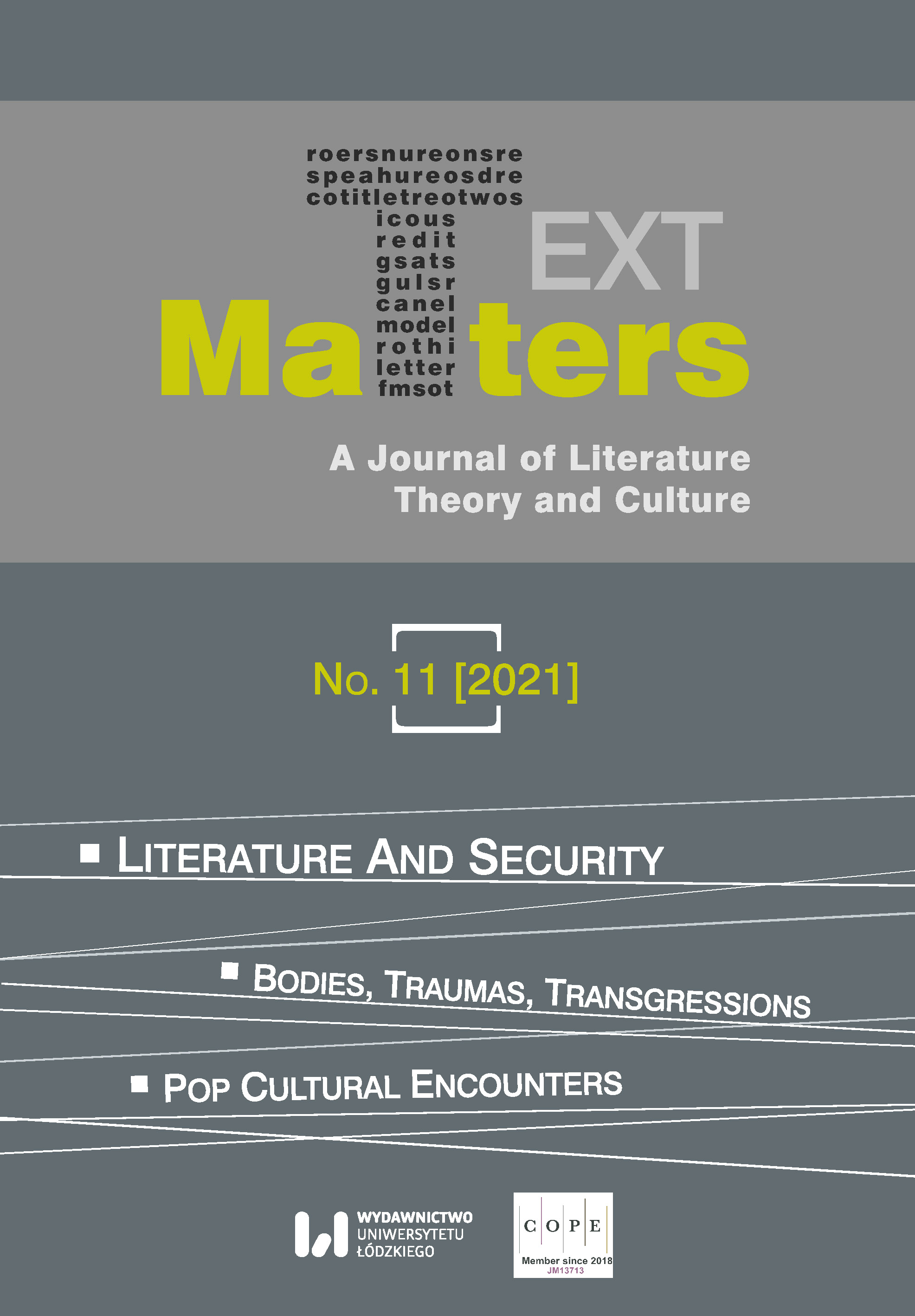Aligning with Sociopaths: Character Engagement Strategies in Highsmith’s and Minghella’s Talented Mr. Ripleys
Aligning with Sociopaths: Character Engagement Strategies in Highsmith’s and Minghella’s Talented Mr. Ripleys
Author(s): Lech ZdunkiewiczSubject(s): Studies of Literature
Published by: Wydawnictwo Uniwersytetu Łódzkiego
Keywords: empathy elicitation; antisocial personality disorder; emphatic concern; antihero; enjoyment; character engagement; identification
Summary/Abstract: Patricia Highsmith’s stated reason for writing The Talented Mr. Ripley (1955) was to see if she could elicit empathetic engagement for her immoral protagonist Tom Ripley. Amongst other factors, she achieves her goal by allowing readers to align affectively with the protagonist’s road to self-discovery. Her experiment culminates with Tom’s fruition into an aggressive consumer, thus resolving his and the readers’ apprehensions. On the other hand, Anthony Minghella’s Ripley leaves more room for interpretation. In his interviews, the filmmaker states that he does not aim for his protagonist to remain the sociopath from Highsmith’s novel. Instead, his story explores the absence of a father figure and how it affects his main characters. Consequently, he frames Tom as an underprivileged youth whose emotional instability brings about his demise. To this end, he employs victimization scenes, as well as moral disengagement cues. I argue that, amongst other factors, such an application of an industry-tested design of emphatic concern elicitation obscures the filmmaker’s initial intent. As a result, Minghella’s Tom can be seen as a manipulative sociopath, as well as a victimized tragic hero.
Journal: Text Matters: A Journal of Literature, Theory and Culture
- Issue Year: 2021
- Issue No: 11
- Page Range: 119-136
- Page Count: 18
- Language: English

